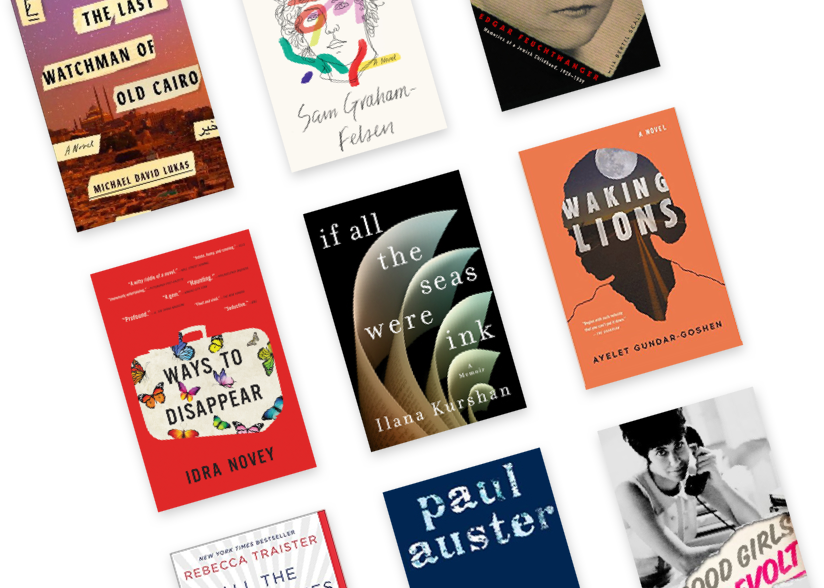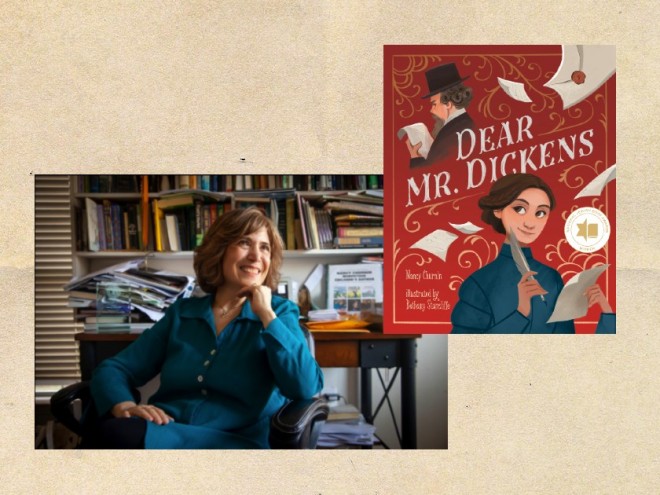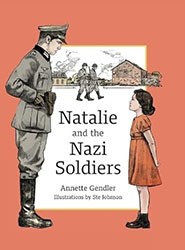The unrivalled popularity of the teddy bear as a toy has roots in American history. While stuffed bears were also manufactured in Europe, Brooklyn toy store owners Rose and Morris Michtom were the first to call the lovable plush animals by President Theodore “Teddy” Roosevelt’s nickname. Roosevelt was a committed conservationist, but also an avid hunter. When he decided to spare the life of a young bear on one of his outings, the press publicized the story and the public responded to this apparently humane gesture. When Morris Michtom learned about the great man who magnanimously refused to kill a helpless animal, he decided to display his wife’s new creation, a bear named Teddy, in his store. Nancy Churnin and Bethany Stancliffe’s new picture book celebrates the Jewish identity of the Michtoms, immigrants whose loyalty to their new country, along with ingenuity and chutzpah, led to the creation of an icon.
Jews were prominent in the developing toy industry of early twentieth century America. Morris and Rose would eventually found the Ideal Toy Company, producing several of the best-selling playthings found in most households. When the book begins, however, they are Mama and Papa, having breakfast with their daughter Emily before Papa leaves for his modest business. While Papa is busy selling candy and toys to their neighbors, Mama begins a new sewing project. Churnin captures the warmth of the relationship between Emily and her mother, including the Yiddish endearments that Rose uses to address the little girl who is eager to help. Stuffed animals do not appear out of nowhere; Churnin conjures the rewarding process of turning fabric, thread, and stuffing into a child’s companion: “‘Bear!’ Mama held two pieces of cloth together. She turned the sides inside out so the velvet sides kissed.”
As mother and daughter sew the teddy bear, Rose tells Emily how Papa arrived in the United States as a young boy, and later met a young Jewish woman who was happy to share his livelihood. In Rose’s description, her husband always cared about others. Having found refuge from antisemitic persecution, he felt obligated to reciprocate by designing and selling goods that would make children happy.
Stancliffe’s pictures are brightly colored, cheerful renditions of family and community life. The Michtoms’ store is stocked with baked goods and candies in every hue, from cobalt blue to gold. Characters’ simple but expressive gestures convey their feelings, as when Papa ponders what to name the new bear, or Rose cradles her baby son and looks down at the letter from President Roosevelt. He has gladly given them permission to market Rose’s latest product, andthe rest is history. The Michtoms’ inspired response to Roosevelt’s benevolent act makes an appealing tale, but Churnin and Stancliffe have enriched it by drawing a fuller picture. In this highly recommended picture book, the specific contribution of two Jewish immigrants to America becomes one example of infinite possibilities when newcomers encounter acceptance and freedom. The book includes an informative author’s note.
Emily Schneider writes about literature, feminism, and culture for Tablet, The Forward, The Horn Book, and other publications, and writes about children’s books on her blog. She has a Ph.D. in Romance Languages and Literatures.





